We talked to Keith Thomas, the first paralysis patient to receive a movement and feeling-restoring double neural bypass surgery.
Get the latest international news and world events from around the world.
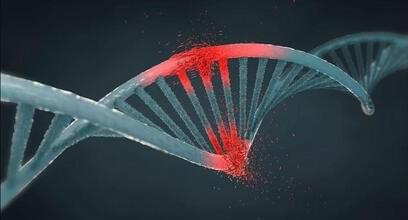
The interplay between the DNA damage response and ectonucleotidases modulates tumor response to therapy
A recent Science Immunology Review suggests combining inhibitory strategies, such as ICI, alongside radiotherapy may counteract the creation of immunosuppressive adenosine during Cancer immunotherapy.
Learn more on.
Adenosine generation is a rheostat of DNA damage-induced immune signaling in the tumor microenvironment.
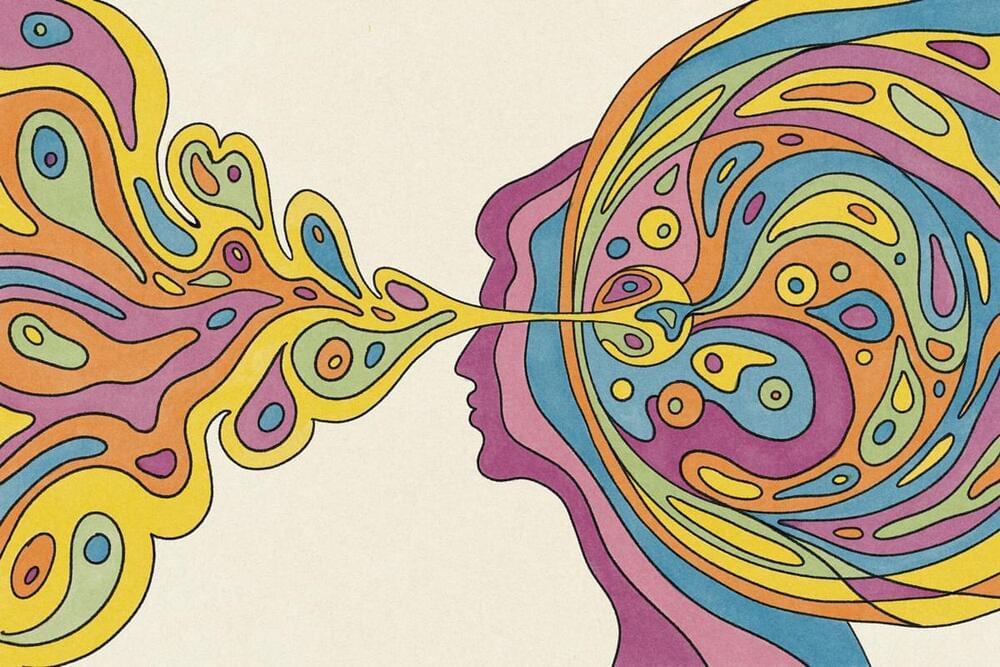
We all have false memories. Here’s how yours are made
How reliable is your memory? Can you remember what you were doing on this day ten years ago? Or do you struggle to remember what you ate for lunch yesterday? Regardless of how well you think you remember things, all of our brains are full of memories of events that never happened – so-called false memories. And that, according to science, isn’t necessarily something to worry about.
To explain this strange phenomenon and much more, we talked to Dr Julia Shaw, a research associate at University College London and expert on criminal psychology.
Memories are essentially networks of neurons. And autobiographical memories – memories of our lives – involve connecting different parts of the brain. These memories don’t just live in one little piece.
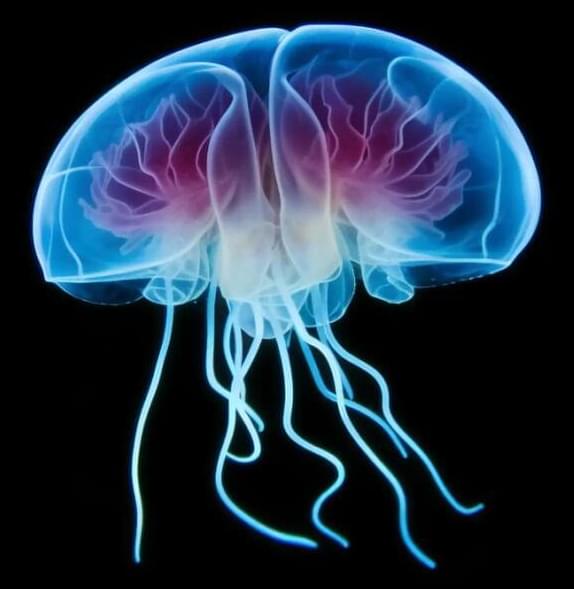
Brainless Brilliance: Jellyfish Stun Scientists With Learning Skills
Current Biology. They trained Caribbean box jellyfish (Tripedalia cystophora) to learn to spot and dodge obstacles. The study challenges previous notions that advanced learning requires a centralized brain and sheds light on the evolutionary roots of learning and memory.
No bigger than a fingernail, these seemingly simple jellies have a complex visual system with 24 eyes embedded in their bell-like body. Living in mangrove swamps, the animal uses its vision to steer through murky waters and swerve around underwater tree roots to snare prey. Scientists demonstrated that the jellies could acquire the ability to avoid obstacles through associative learning, a process through which organisms form mental connections between sensory stimulations and behaviors.
The Craziest Megastructures Scientists Are Willing to Build
Play EVE Online ➡️ https://eve.online/Ridddle_EN_megastructures.
In this video, we explore the biggest construction sites of the future — the ones that will one day provide us with real megastructures of all kinds and purposes.
From space elevators and Dyson spheres, to enormous ships and gargantuan space stations to live in. But we won’t just marvel at their scale — the real questions are: could we really build all these in the near future, what tech do we need to get the job done, and ultimately, will it work as intended, or these megastructures will turn out to be megagraves?
In our analysis we well use real engineering projects, as well as top sci-fi examples from books, movies and also from the unique world of massive multiplayer online game EVE Online.
EVE Online — (https://eve.online/Ridddle_EN_megastructures) It is set in a rich sci-fi universe, where players can create their own character and explore a vast and complex virtual world built according to the well-thought set of consistent in-world rules.
The game is known for its intricate economy, politics, and warfare mechanics, where players can engage in a variety of activities, including mining resources, trading, fighting, and of course, building numerous megastructures with rich customisation options.
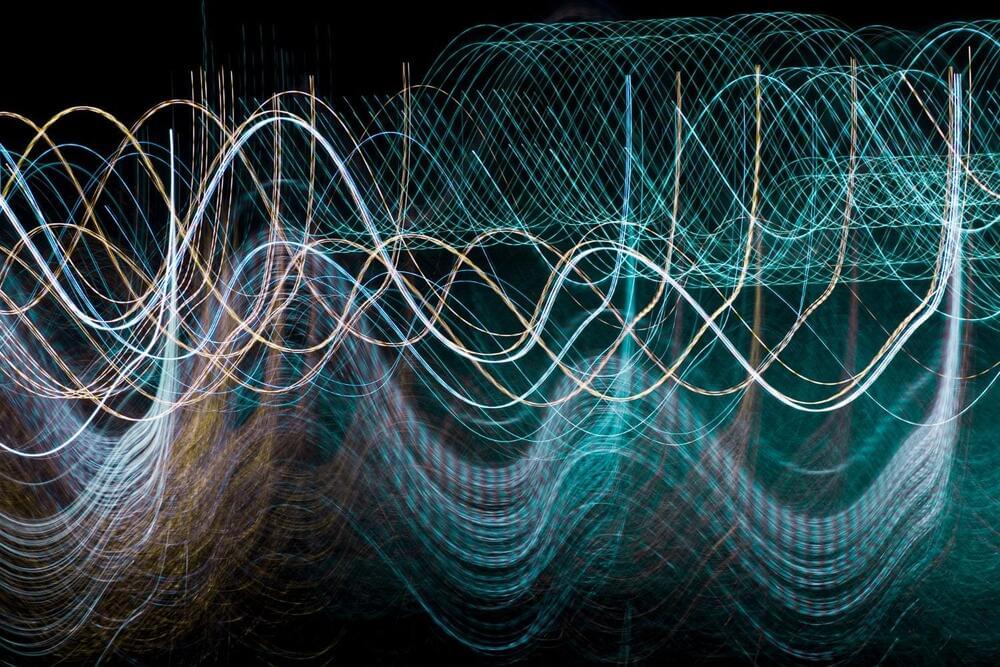
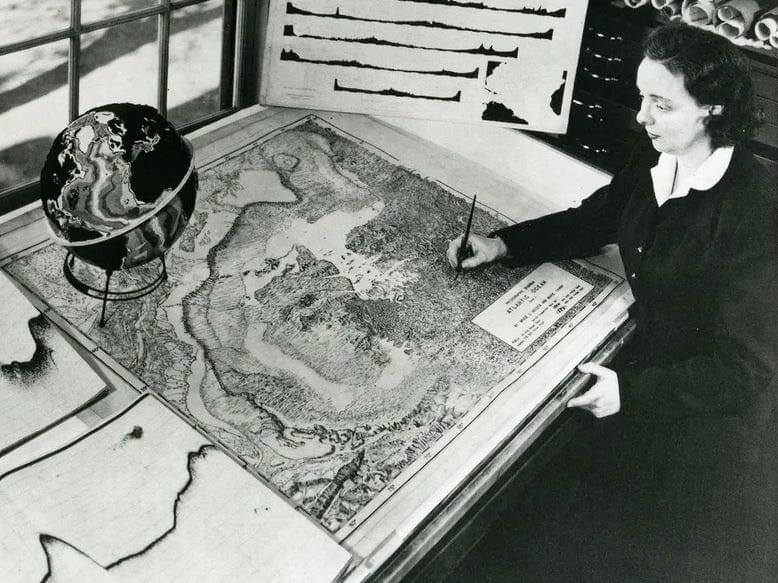
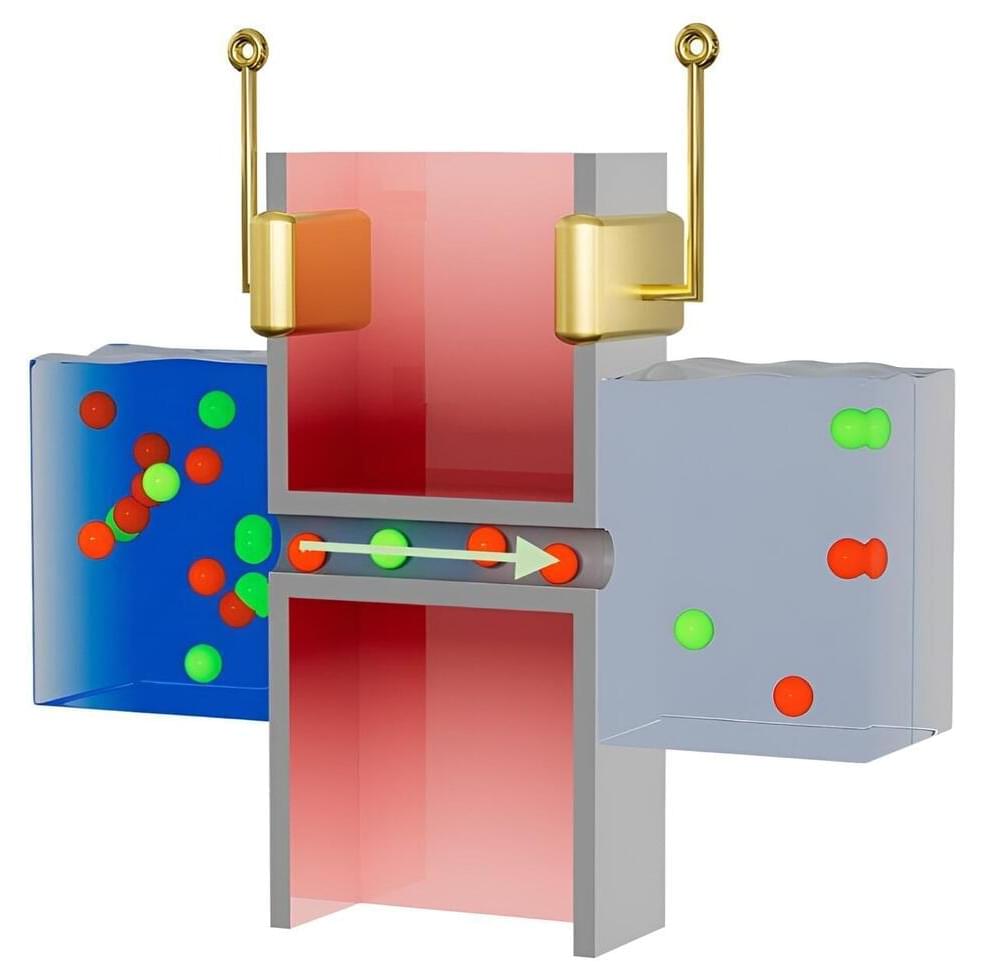
Nanofluidic device generates power with saltwater
There is a largely untapped energy source along the world’s coastlines: the difference in salinity between seawater and freshwater. A new nanodevice can harness this difference to generate power.
A team of researchers at the University of Illinois Urbana-Champaign has reported a design for a nanofluidic device capable of converting ionic flow into usable electric power in the journal Nano Energy. The team believes that their device could be used to extract power from the natural ionic flows at seawater-freshwater boundaries.
“While our design is still a concept at this stage, it is quite versatile and already shows strong potential for energy applications,” said Jean-Pierre Leburton, a U. of I. professor of electrical & computer engineering and the project lead. “It began with an academic question—’Can a nanoscale solid-state device extract energy from ionic flow?’—but our design exceeded our expectations and surprised us in many ways.”
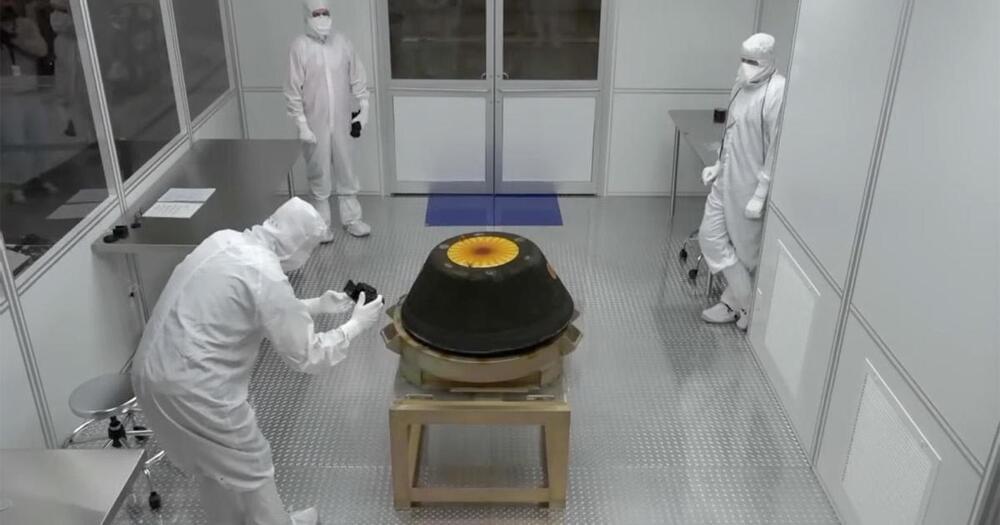

Funded Small Business Spotlight: Juvena Therapeutics Unlocking the Secrets of Tissue Regeneration
As we age, our muscles and other tissues break down in much the same way as degenerative diseases progress. What we learn from studying degenerative diseases such as muscular dystrophy could help researchers develop new interventions to fight common age-related ailments and chronic illnesses.
With help from NIA, biotechnology company Juvena Therapeutics has begun unlocking the secrets of proteins for regenerative medicine. Juvena scientists are using a form of muscular dystrophy — myotonic dystrophy type 1 (DM-1) — as a model to sift through proteins that are produced by the body’s stem cells. These cells have the potential to become any type of cell in the body, from liver tissue to skin cells. The goal is to find proteins that encourage tissue growth and repair, ultimately designing new drugs to prevent and treat degenerative diseases like DM-1. As part of this process, Juvena hopes to learn more about how to reduce the effects of aging on muscles and other tissues, too.
A new biotech trying to establish itself can feel isolated from the larger scientific community. For example, Juvena is unable to submit findings for publication before taking care of intellectual property protections. But NIH’s peer-review process offered confidential, scientifically rigorous feedback to fill that critical gap, and the NIA Small Business Programs staff offered helpful advice.
“We can get the input, guidance, and advice that we need to really better the work,” Yousef said.
Five years in, the company has now raised about $60 million. But Yousef said that NIA funding is more than just financial support and feedback. It gives the company no-strings-attached freedom to explore the scientific potential of their ideas as well as the capital needed to pursue preclinical development of new leads, unlike loans or business obligations that come with venture capital.